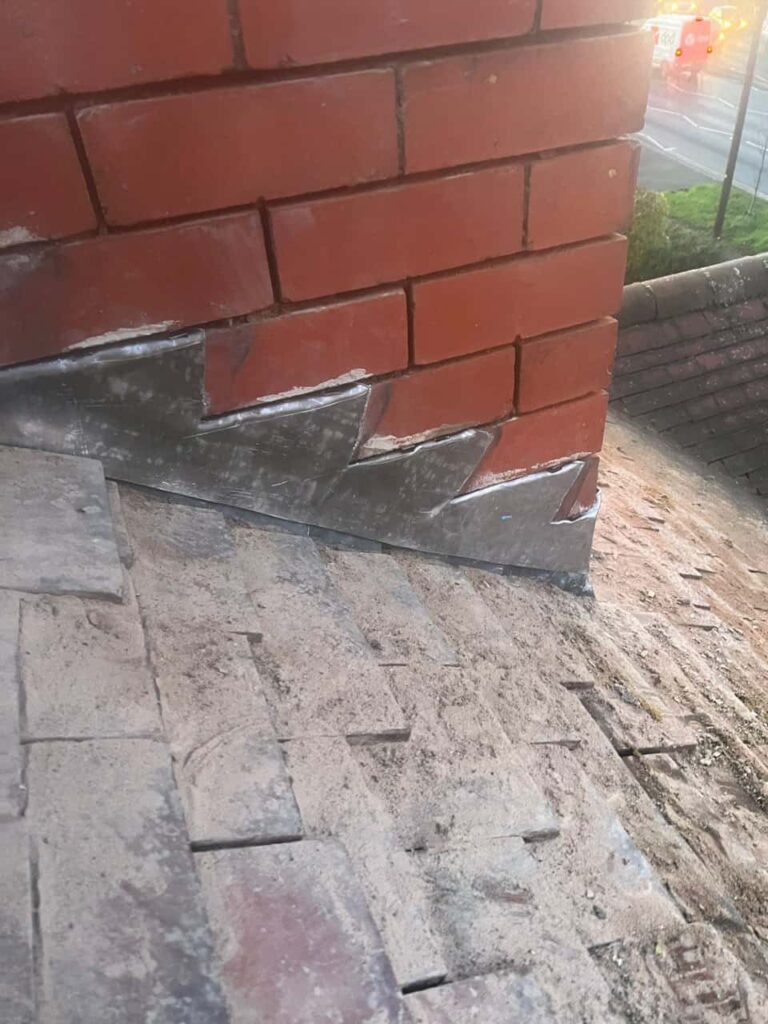Felt roofing is a popular choice for many homeowners due to its affordability, ease of installation, and versatility. At Bingham Roofing Repairs, we believe in the importance of understanding how felt roofing performs in various climates to make informed decisions about your roofing needs. Here’s a detailed look at the durability of felt roofing across different weather conditions, ensuring your property in Bingham, Nottingham, remains well-protected.
1. What is Felt Roofing?
Felt roofing is made from a base material, usually fibreglass or polyester, which is saturated with bitumen (a type of asphalt) and then covered with a protective mineral layer. This composition provides a waterproof barrier, making it an ideal roofing material for flat or low-pitched roofs.
2. Performance in Mild Climates
In areas with mild climates, felt roofing performs exceptionally well:
- Temperature Stability: Mild temperatures reduce the risk of expansion and contraction, which can cause wear and tear on roofing materials.
- Minimal Weather Extremes: With fewer weather extremes, such as heavy snowfall or intense heat, felt roofing maintains its structural integrity and longevity.
3. Performance in Hot Climates
Felt roofing can withstand hot climates, but certain considerations are necessary:
- Heat Resistance: Modern felt roofing materials are designed to resist high temperatures, but prolonged exposure to intense heat can cause the bitumen to soften and potentially lead to damage.
- UV Protection: Felt roofing with a mineral layer provides additional protection against UV rays, preventing premature deterioration.
- Ventilation: Proper roof ventilation is crucial to reduce heat build-up and prolong the lifespan of the felt roofing.
4. Performance in Cold Climates
In colder climates, felt roofing demonstrates good durability with some maintenance considerations:
- Flexibility: The flexibility of felt roofing allows it to expand and contract with temperature changes, preventing cracks and splits.
- Snow and Ice: Felt roofing can handle moderate snowfall, but heavy snow accumulation should be removed to prevent stress on the roof structure.
- Moisture Resistance: The waterproof nature of felt roofing protects against ice dams and water infiltration, which are common issues in cold climates.
5. Performance in Wet Climates
Felt roofing is particularly effective in wet climates due to its waterproof properties:
- Waterproof Barrier: The bitumen saturation provides a strong waterproof barrier, preventing leaks and water damage.
- Mould and Mildew Resistance: The protective mineral layer helps resist mould and mildew growth, which can be prevalent in damp environments.
- Maintenance: Regular inspections and maintenance, such as clearing debris and ensuring proper drainage, are essential to maintain the roof’s effectiveness.
6. Maintenance Tips for Longevity
Regardless of the climate, regular maintenance is key to maximising the durability of felt roofing:
- Regular Inspections: Conduct regular roof inspections to identify and address any signs of wear or damage promptly.
- Debris Removal: Keep the roof surface clean and free of debris to prevent water pooling and potential damage.
- Timely Repairs: Address any minor issues, such as small tears or punctures, immediately to prevent them from escalating into more significant problems.
Conclusion
Felt roofing is a durable and versatile roofing option that performs well in various climates. Whether you are dealing with the mild weather of Bingham, Nottingham, or more extreme conditions, felt roofing can provide reliable protection for your property with proper maintenance. At Bingham Roofing Repairs, we specialise in the installation and upkeep of felt roofing, ensuring your roof remains in top condition regardless of the weather.
Call us on: 0115 647 1193
Click here to find out more about Bingham Roofing Repairs
Click here to complete our contact form and see how we can help with your roofing needs.

